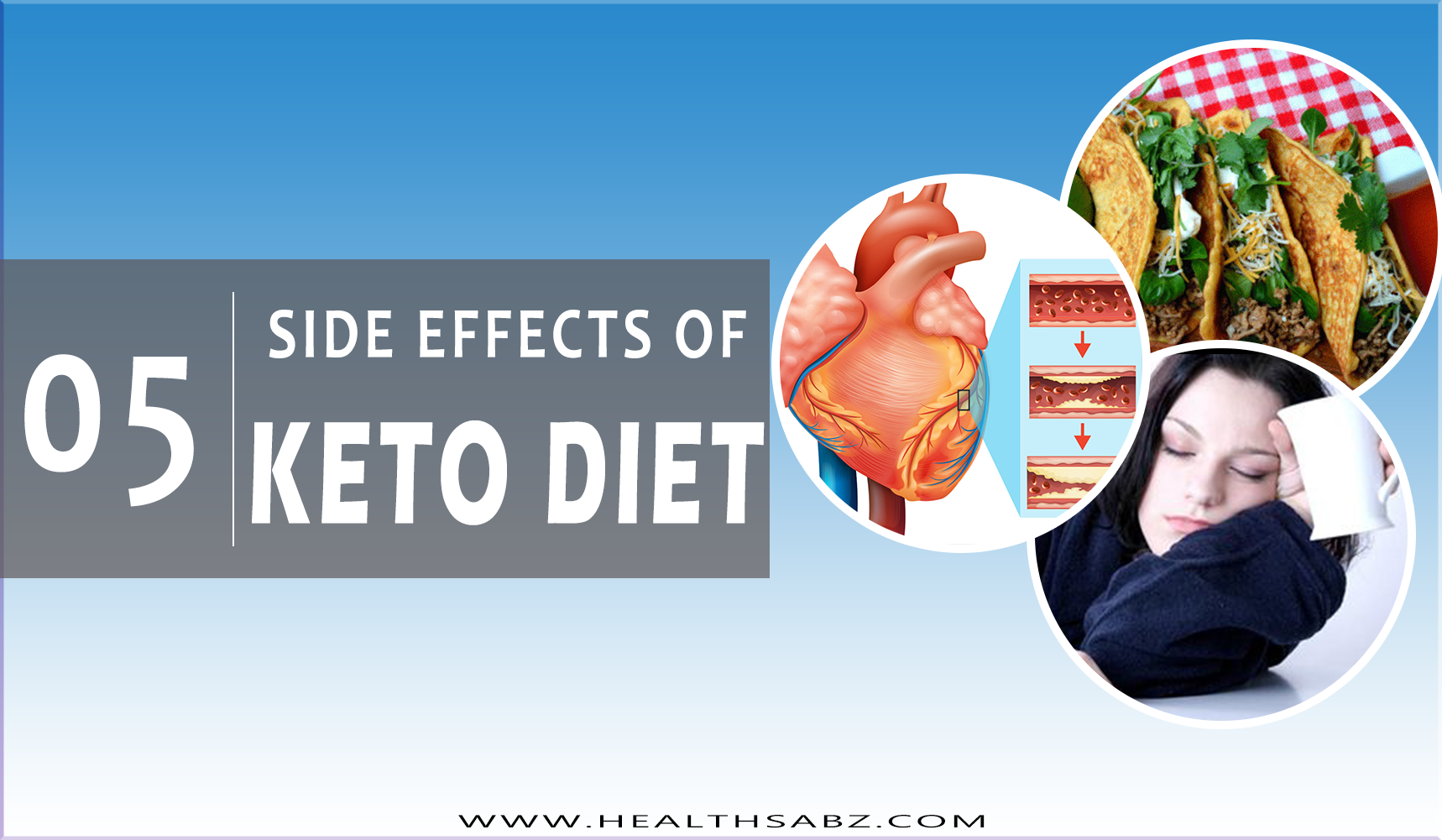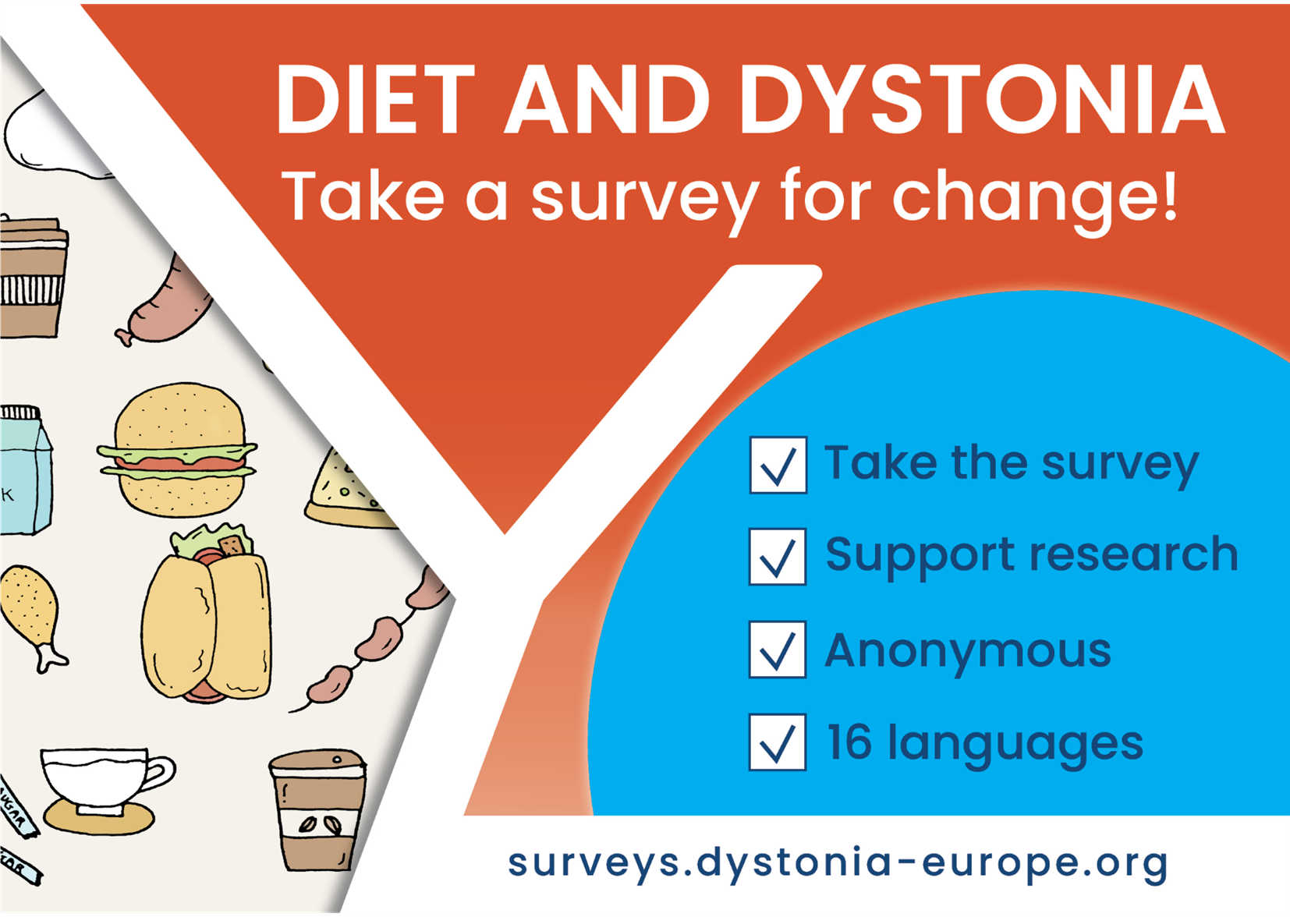Dystonia, a movement disorder characterized by sustained muscle contractions, can severely impact the lives of those affected. Recent studies suggest that dietary changes, particularly the keto diet, may play a significant role in managing symptoms. The keto diet, known for its high-fat, low-carbohydrate approach, alters the body’s metabolism and has been linked to various neurological benefits. But how exactly can this diet impact dystonia? Let’s explore the potential effects, benefits, and practical tips for those considering this dietary shift.

keto diet effect on dystonia
Understanding Dystonia
Dystonia manifests in various forms, affecting different body parts, including the neck (cervical dystonia), eyelids (blepharospasm), and even the vocal cords (spasmodic dysphonia). The causes of dystonia can be diverse, ranging from genetic factors to environmental triggers. Understanding the underlying mechanisms can provide insights into how dietary adjustments like the keto diet might influence the condition.

keto diet effect on dystonia
The Keto Diet: Mechanism of Action
The ketogenic diet primarily alters the body’s energy source from glucose (sugar) to ketones, which are derived from fats. This metabolic shift can have profound effects on brain function and overall health. Several mechanisms suggest that a high-fat diet might contribute positively to neurological health:

keto diet effect on dystonia
- Neuroprotective Effects: Ketones have been shown to possess neuroprotective properties, which may help in reducing the severity of dystonic episodes.
- Reduction in Inflammation: The keto diet can decrease inflammatory markers, potentially alleviating symptoms associated with chronic movement disorders.
- Stabilization of Blood Sugar: By removing carbohydrates, the diet helps maintain stable blood sugar levels, which can reduce mood swings and improve motor control.
Benefits of the Keto Diet for Dystonia
Research into the dietary management of dystonia is still emerging, but initial findings are promising. Here are some potential benefits:

keto diet effect on dystonia
- Improved Muscle Control: Many patients report enhanced motor function as the body adapts to utilizing ketones for energy.
- Enhanced Cognitive Function: A consistent supply of ketones may help with concentration and cognitive clarity, factors that can affect those with dystonia.
- Reduced Frequency of Dystonic Episodes: Some individuals have noted a decrease in the severity and frequency of muscle spasms.
Pro Tips for Starting the Keto Diet
Transitioning to a keto diet can be challenging. Here are some actionable tips:

keto diet effect on dystonia
- A. Start Slow: Gradually decrease carbohydrate intake to minimize side effects like the “keto flu.”
- B. Stay Hydrated: Drink plenty of water to support the body through the metabolic transition.
- C. Consult a Professional: Work with a healthcare provider to tailor the diet to your personal health needs.
Infographic: Keto Diet vs. Traditional Diet for Dystonia Management
| Keto Diet | Traditional Diet |
|---|---|
| High in fats | High in carbohydrates |
| Low in sugar | Moderate sugar intake |
| Potentially neuroprotective | Limited neuroprotective benefits |
| Could reduce inflammation | May increase inflammation |
Frequently Asked Questions (FAQ)
1. Can the keto diet cure dystonia?
While the keto diet may help alleviate some symptoms of dystonia, it is not a cure. It can be an effective management strategy alongside conventional treatments.
2. What are the side effects of the keto diet?
Potential side effects include the “keto flu,” which can cause fatigue, headaches, and irritability during the initial adjustment period.
3. How long does it take to see results from the keto diet?
Individuals may start to see improvements within a few weeks, but full effects can take months as the body adjusts to using fats for energy.
4. Are there specific foods to avoid on the keto diet?
Foods high in carbohydrates, such as bread, pasta, and sugary snacks, should be avoided. Focus on healthy fats and low-carb vegetables.
5. Is it safe for everyone to try the keto diet?
While many can benefit from the keto diet, those with certain health conditions should consult with a healthcare professional before starting any new diet.
6. Can I combine the keto diet with other treatments for dystonia?
Yes, combining the keto diet with physical therapy, medication, and other treatments may enhance overall management of dystonia symptoms.
7. What types of fats should I include in my keto diet?
Focus on healthy fats such as avocados, nuts, seeds, olive oil, and fatty fish. These provide essential nutrients while supporting ketosis.
8. Is meal prepping necessary for the keto diet?
While not mandatory, meal prepping can help you stick to the diet and ensure you have nutritious, low-carb options readily available.
